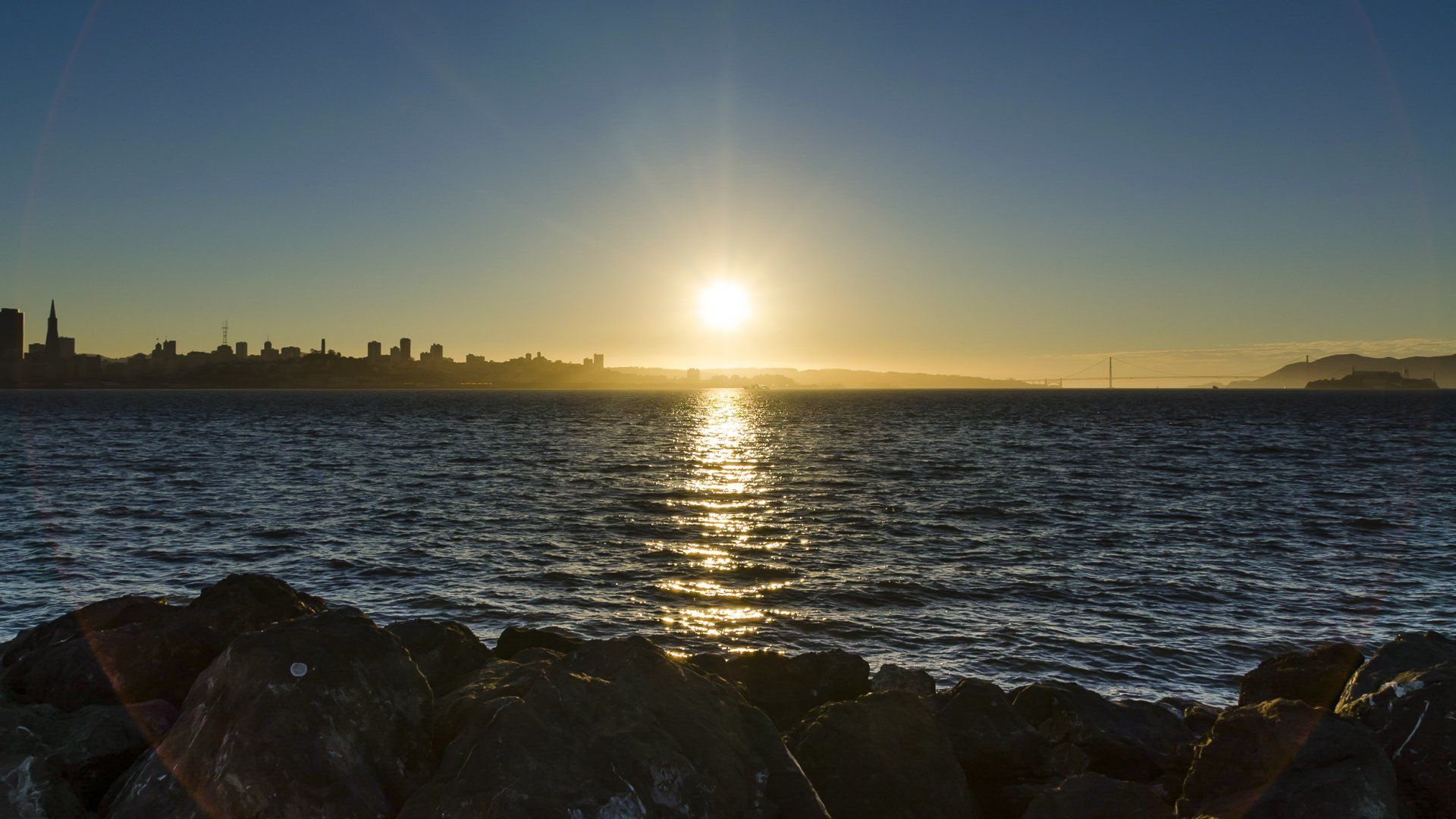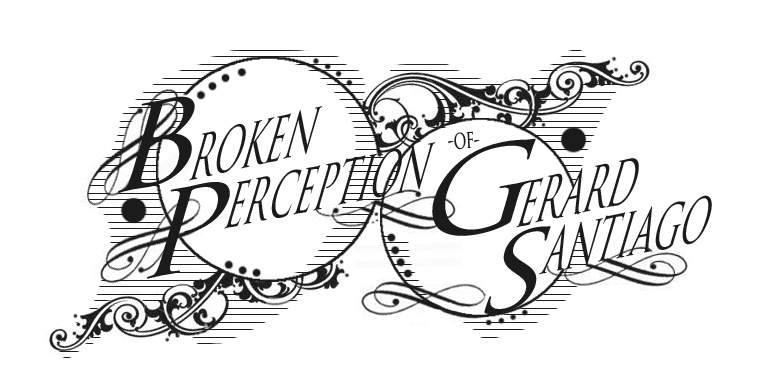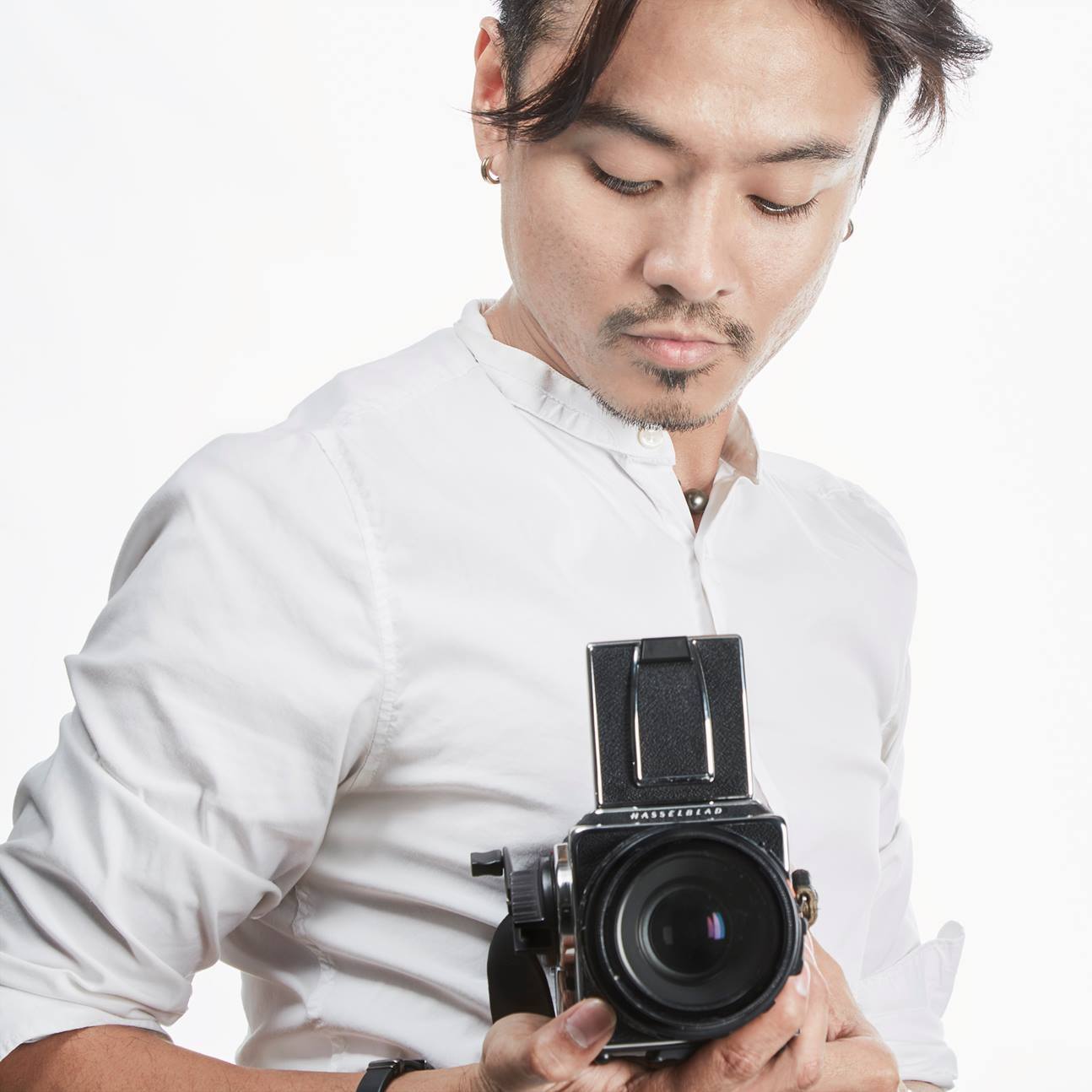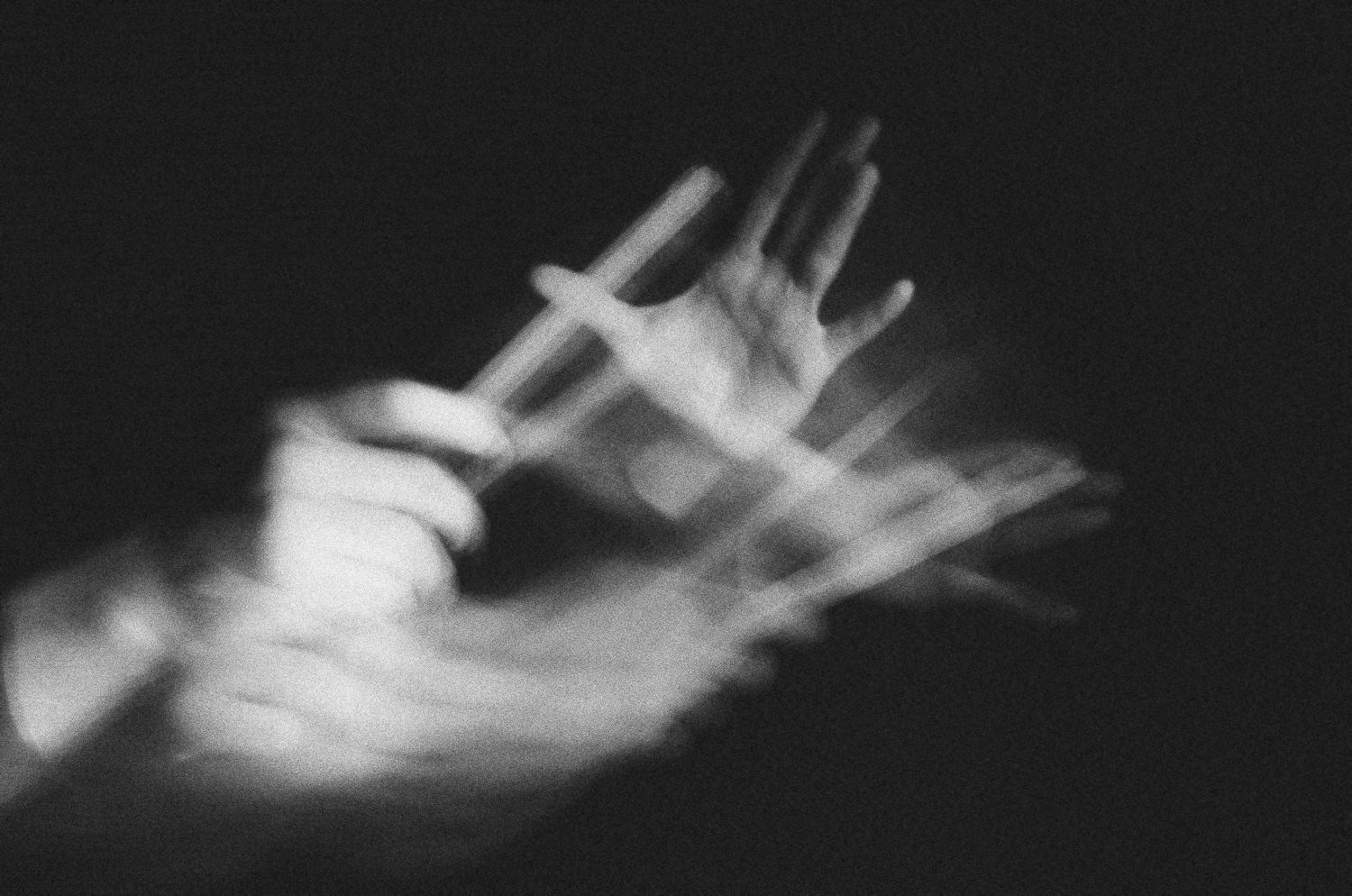
Teaching Philosophy
Updated: May 8, 2021
"Photography helps people to see." - Berenice Abbott
Photography is an effective instrument to see a deeper perspective of an idea or intention. A portrait of an average person can highlight the innate qualities of his or her being. The golden hours of a sunset could bring out the best of a landscape that we may have otherwise overlooked. People can see things with their eyes, but they are blinded by superficial details that cover the true essence of its existence. With photographs, we are given an extra eye to appreciate the hidden treasures that exist in this world.
The world needs distinct photographers who have clear visions and unique approaches to help open the eyes of humanity. To make it happen, we need educators to build up those creative cores, develop their technical capabilities, and let them discover their own personal photographic styles. As an educator, it is my purpose to share and impart my knowledge to anyone who is ready to receive it. I am ready to pass on the craft that I nourished through years of experience and training. Using the talents that I honed, I am prepared to encourage youthful minds to actuate into creative minds.
As an educator, I am not just teaching the students the basics and fundamentals of photography; I am also teaching the lessons that they will apply in their lives, whether it is a professional or personal project. I once read Dale Carnegie's influential book that changes my view on dealing with people, How To Win Friends And Influence People, stated: "Only knowledge that is used sticks in your mind". While learning as a student, the lessons that stuck the most involved hands-on applications. I give the students more opportunities to play around with their cameras, let them hold, move and position their strobe lights and light modifiers, and mimic the experience of preparing for an actual photoshoot. Give them the computer mouse, graphics tablets, and pens to conceptualize their ideas through post-production and editing. Bring them outside the classroom to discover outdoors, or an actual on-location studio. Let them be in control and make them feel that they have an important part in accomplishing the mission. I can enhance the curricula and lesson plans, if it is necessary, within the effectiveness of the learning outcomes that students can achieve. By setting the standard high like professionals, I have collaborative projects and focused class discussions about case studies or real working scenarios, which students can then dissect to evaluate what the client needs. Let the students talk more during critiques and reports will give them practice being good photographic curators. I personalize the curriculum by providing them with ideal examples from my portfolio and commissioned works that I use for my class discussions and image retouching. Lastly, I encourage my students to work on their professional photographic portfolios in preparation for their graduation, which also showcases that they met the measurable learning outcomes.
Motivation is a big part of student learning. It is very vital to get a student's attention and interest. If you get it, everything will follow through. The students will do their assignments, study for the tests, participate in the discussion, and will work hard on their projects. For example, as a photographer, personal projects are an important way to channel the creativity that interests us. Regardless of the priority or financial benefits, motivation will make us wake up early in the morning to catch the sunrise, or to hike five miles away just to take a photo of a perfect, well-lit landscape of the Moab Canyon in Utah. It is something that will energize our creative minds to do photography even when it is cold and rainy outside during your day off. Motivation is a testament to why we love photography in the first place.
I learned from being a teacher that students need a little push to exert more effort than they need to discover more of their potential. It is my job to boost the students' intrinsic motivation by grabbing their attention and giving them interesting photos to relate to that will trigger a "wow" factor amongst them, by asking the big questions, and making them think and ponder more ideas as I go through the lesson, providing interesting questions will challenge their existing schema. Making the connections as to why my students need to learn the lessons in the course. These will ignite their burning desires to achieve the goals they aspire for.
As an educator, my sole purpose is not only to teach lessons, but it is also my duty to learn from every student that I have: It may be the latest information, new technique, a different approach to a concept, or an inspiring thought that I can share with my future students. I also believe that "Every student is unique and brings contributions that no one else can make" (Bain 72). It may be the top scholar, the shy pupil in the corner, or the exchange students. They all have diverse ideas, unique experiences, and unrivaled minds which can benefit everybody in the class which I will promote. Being an artist, no one will have the same idea; this idea can be nourished by having an open mind when other artists look and gave you constructive comments for the betterment of their artistry.
These concepts that I started from the beginning are what I wanted my teachers to be when I was a student. I want to inspire my students the way I was inspired by the best educators that I have had for more than 20 years. They gave me a chance to become a better student, a better artist, and a better person. Being an inspirational educator is an act of giving back to their legacy. With the help of Ken Bain's book, What The Best College Teachers Do, which opened a deeper perspective on teaching to most educators, my inspirations, advisers, and teachers, all gave me a chance to improve myself as an educator and to influence people (students, friends, artists, and everyone) to learn valuable knowledge that they can use in their lives to start influencing other people too.
It is the educators' goal to hone future photographers to see through a different lens. It is in our hands to share this knowledge and to spread its legacy into the future. I would rather have my knowledge and learning passed along compared to just stuck and fade out in my cerebral cortex. It is our duty to give people inspiration that future generations can appreciate because our photographs preserved those memories. Photography gave me a different perspective on life, which is: Teaching what I know can enrich other people's views that will uplift human society to a better place to live in.
Work Cited
- Bain, Ken. What the Best College Teachers Do. Cambridge, Massachusetts: Harvard University Press, 2004. Print.
- Carnegie, Dale. "How To Win Friends And Influence People", Simon and Schuster Publisher p. 94. 1964. Print.
Share this content:
READ MORE CONTENT





